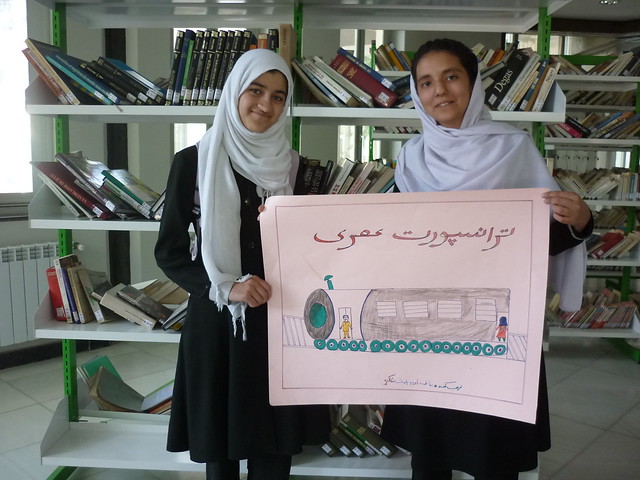The 14th CAREC Transport Sector Coordinating Committee Meeting was held in Ulaanbaatar on 28-29 April 2015. Its webpage links to various presentations, which seem to contain some good stuff about Afghan and Central Asian railway development plans in a mixture of English and Russian.
One presentation by Kubatbek Rakhimov covers the Railway Development in Central Asia. The review of the Soviet period up to the present. This provides a quick overview of the strategic issues, in particular the problems arrising as a result of the unified Soviet rail network being fragmented as the USSR disolved and the newly-independent countries focused on building bypasses with their territory rather than on developing international corridors.
There was a presentation on the future CAREC railway network by ADB consultant Thomas Kennedy. This says the “new railway country of Afghanistan offers new route potential”. It explains that CAREC railways are still in the transition from a command economy to a market-based structure, while road transport is becoming more competitive, and there is a shift in trading partners and routes as China gains economic significance. There is a need to agree on a near-term strategic vision for CAREC railways, which also need changes in four primary areas: political/institutional, infrastructure, intergration/interoperability, technical. The most critical aspect is that railways need to understand the costs of their own services, as this is essential for setting pricing policies, business agreements and track access charges.
Kennedy concludes by saying the next step should be to identify a “designated rail corridor” for development as a pilot. This sounds like the situation in the EU, where it became apparent that it makes more sense to focus on international corridors, rather than on separate national projects which could end up leaving bottlenecks on important routes.
The CAREC Working Group on Railways sets out timescales, and sets out a two year timescale for the Khorgas – Tashkent – Termez – Mazar-i-Sharif or Aqina – Turkmenabat – Ashgabat – Aktau routes.
